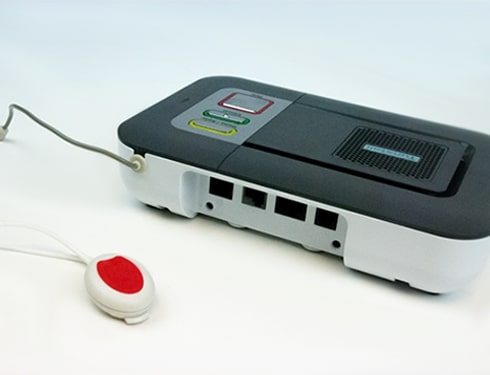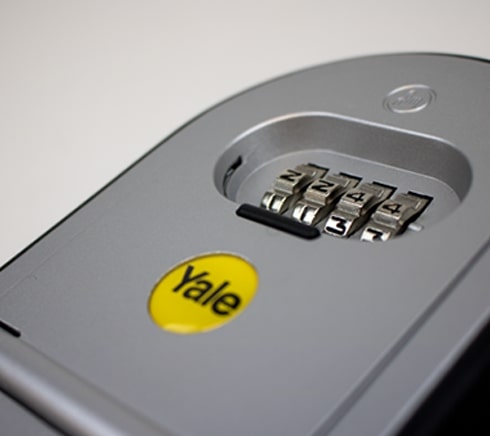WHAT IS TELECARE?
INTRODUCTION TO TELECARE
The Telecare Services Association (TSA) defines telecare as being:
“Support and assistance provided at a distance using information and communication technology. It is the continuous, automatic and remote monitoring of users by means of sensors to enable them to continue living in their own home, while minimising risks such as a fall, gas and flood detection and relate to other real-time emergencies and lifestyle changes over time.”
All of the telecare providers listed on Careline Compare aim to help elderly, disabled and frail people to continue living in their own homes. Telecare can help restore confidence to those who live alone, and to their loved ones. Telecare strives to help ease the pressure on the UK care system and NHS.
Telecare companies do this by supplying personal alarm systems, which connect users to monitoring teams. Let’s take an in-depth look at how this works.
It’s currently estimated that there around 1.7 million telecare users in the UK.

THE EQUIPMENT
The most common form of Telecare is the personal alarm. This includes a wearable pendant, usually worn around the wrist or neck, and an alarm base unit. Different providers may offer different models but the general function is the same.
The personal alarm base unit is usually plugged into the alarm user’s telephone socket and a power socket, with the telephone being connected into the back of the base unit. (Landline-free options are available for those who don't have an active landline connection.)
The pendant is essentially a small button, which should be pressed in an emergency. The MyAmie Pendant, used by most providers, is waterproof. This means that the wearer can keep their pendant on in the bathroom – where the risk of a fall may increase.
Personal Alarm pendants have a large range and may work outside in the garden – depending on the model you have.
HOW DOES IT WORK?
The personal alarm connects the user with a 24/7 monitoring team, who will respond once the pendant button is pressed.
Should the alarm wearer have a fall, feel unwell or feel unsafe they can press the button on their pendant or base unit. A message will be sent, via the telephone line, to the monitoring team. 135 monitoring teams across the UK are now accredited by the TSA.
The monitoring team will use the base unit’s loudspeaker to speak with the user, assess the situation and arrange the appropriate help. The alarm wearer can also talk back to the monitoring team via a microphone on the base unit.
Commonly, the monitoring team will call family members, neighbours and close friends who have been selected by the wearer to be the first port of call in an emergency. If the situation requires medical assistance, they will also be able to contact emergency services.


OTHER TELECARE EQUIPMENT
Alongside personal alarms, some telecare providers also offer other useful equipment such as key safes and detectors.
Key safes are attached to the exterior wall of your home and are used to lock spare keys away behind a secure metal door. The owner sets a combination code, which should only be shared with family and carers. This will help improve home security, with keys no longer being left underneath doormats or plant pots in the garden.
Key safes can also play a part in the personal alarm service. Key safe owners can share their combination codes with their alarm monitoring team. In an emergency, the monitoring team can then pass this code onto the paramedics. Without this information, help could be locked outside the property.
Some providers also offer smoke and carbon monoxide detectors, which can be linked through to their monitoring centre. Should the detectors be set off, an alert message is raised just like when somebody pushes their pendant.
